Scotch Broom Control: Getting Rid Of Scotch Broom Shrub From The Yard
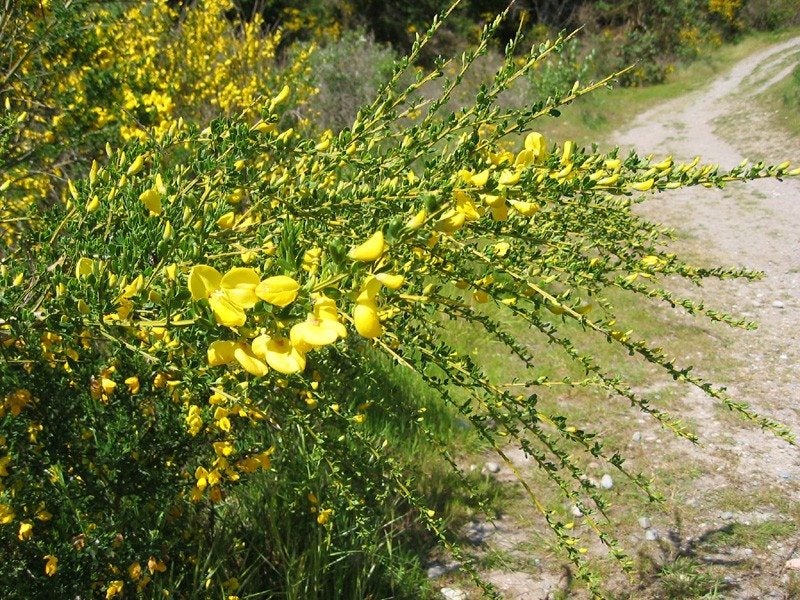

Though sometimes attractive in the landscape, the scotch broom shrub (Cytisus scoparius) is a noxious weed in the northwestern U.S. and responsible for the loss of a good deal of that areas' timber income due to crowding out native species. Scotch broom control is difficult and often time-consuming, but worth the effort to get rid of scotch broom in the yard and forest. Scotch broom shrub was introduced as a landscape ornamental as early as the 1800's, then used extensively for erosion control in public landscapes, such as roadside plantings, but quickly became a nuisance. Once established, it is difficult to kill scotch broom.
Scotch Boom Identification
Scotch broom is a deciduous shrub that can be found on the edges of wooded areas and in open fields. It is an aggressively invasive plant that will grow thickly rather quickly. Scotch boom has tear-shaped leaves that grow in groups of three and mostly bright yellow flowers with occasional purple and red flowers mixed in. The flowers grow in clusters along the length of the stems. When in flower, the entire bush appears to be yellow. After flowering, scotch broom will produce several dozen large pods that contain hard brown seeds.
Reasons to Kill Scotch Broom
Effects of scotch broom shrub include competition with native forest plants. In addition, the scotch broom shrub produces soil conditions which encourage growth of other non-native weeds, choking out native foliage. Wildlife find the shrub unpalatable and may be driven from a habitat overtaken by the scotch broom. Preserving native habitats is an important reason to get rid of scotch broom.
Information on Scotch Broom Control
Scotch broom control may be mechanical, shearing to the ground by hand, or with machinery. Mechanical scotch broom control requires repeated shearing with a chainsaw or trimmer. The roots form a dense and returning mass so this may have to be done repeatedly to kill the plant. Root removal is often best carefully done by hand in the home landscape. Make sure you get all of the roots, as partial removal of roots will it to come back instead of fully getting rid of scotch broom. Controlling scotch broom in the home landscape may be best accomplished by continual shearing during the driest seasons. Be mindful of new sprouts, which will quickly establish themselves and remove these as they appear. Spread mainly by prolific seed production and dispersal, it is difficult to kill scotch broom in the long term because of the seeds. The hard-coated seeds remain viable for as long as 80 years. Mechanical removal with large tillers and plows often does not work well with controlling scotch broom, and encourages re-growth. Scotch broom shrubs most often overtake areas where soil had been disturbed, as by tilling. Broad spectrum herbicide control is somewhat successful, but must be applied before flowers emerge. Biological controls, such as a species of seed weevil, are under experimentation and found to be successful at reducing seed spread in Oregon. Larvae of the weevil enter seedpods and are estimated to eat 80% of the seed before they can disperse. Check inside seed pods before treating with chemicals. Larvae should not be destroyed, as they appear to be the best resource for controlling scotch broom invasions. Note: Although broom plants produce attractive, sweet-pea like blooms, they have become highly invasive in many areas. It is important to check with your local extension office before adding the plant or its relatives to your landscape to see if allowable in your area.
Gardening tips, videos, info and more delivered right to your inbox!
Sign up for the Gardening Know How newsletter today and receive a free copy of our e-book "How to Grow Delicious Tomatoes".

Becca Badgett was a regular contributor to Gardening Know How for ten years. Co-author of the book How to Grow an EMERGENCY Garden, Becca specializes in succulent and cactus gardening.
-
 8 Noteworthy Native Azaleas Every Gardener Should Know – And Grow!
8 Noteworthy Native Azaleas Every Gardener Should Know – And Grow!Native azaleas offer brilliant blooms in a range of colors and sizes. Here are a few favorites to get inspired and start working on a native shade garden!
-
 Growing Climbing Roses: How To Create Elegant Displays With Maximum Blooms
Growing Climbing Roses: How To Create Elegant Displays With Maximum BloomsMaster the art of growing stunning climbing roses with this essential guide to creating vibrant, fragrant walls and structures all summer long.
-
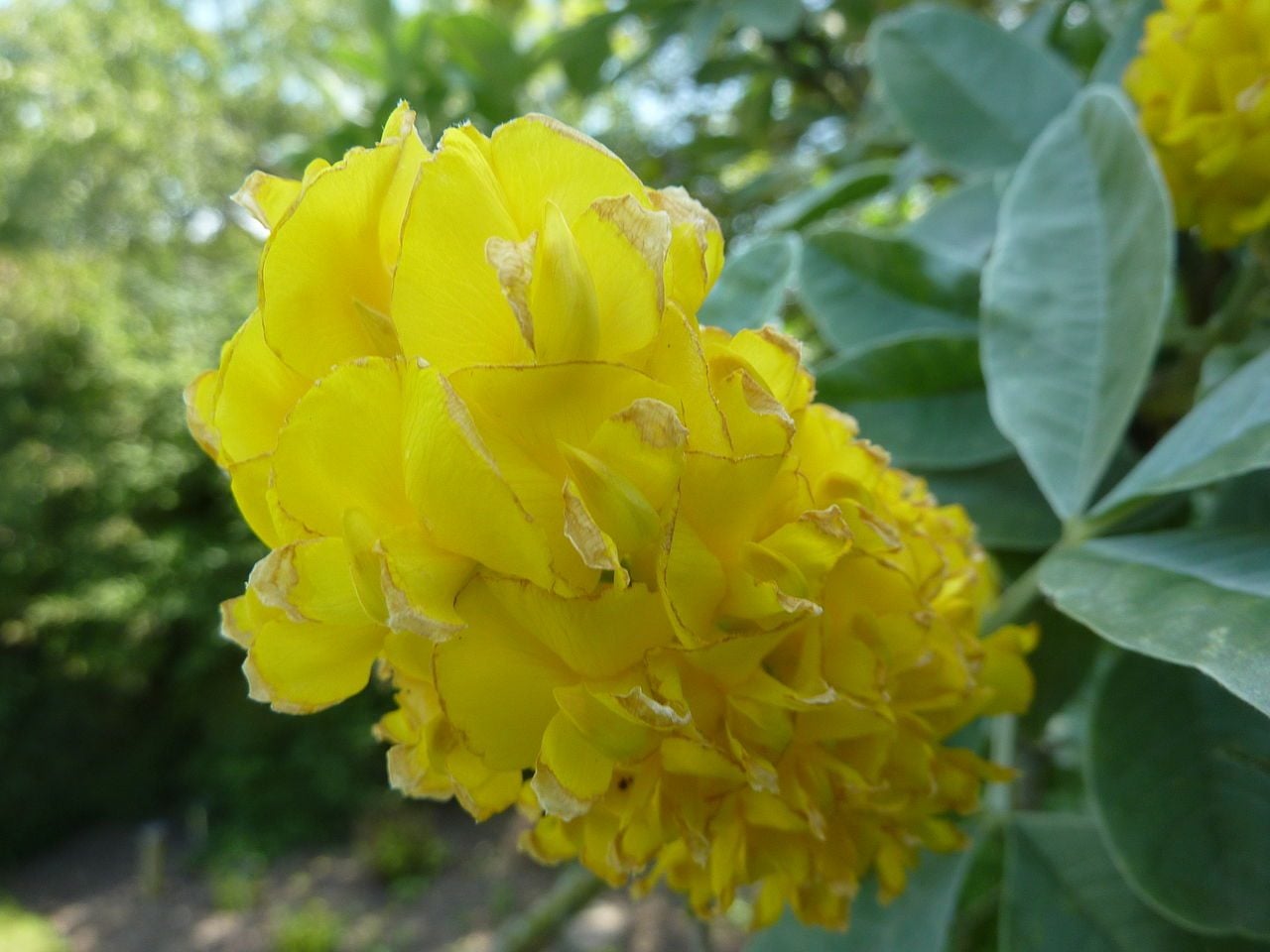 Pineapple Broom Plant Care: Moroccan Pineapple Broom Plants In Gardens
Pineapple Broom Plant Care: Moroccan Pineapple Broom Plants In GardensLooking for a reliable, small, hardy tree or shrub with fragrant flowers? Then look no further than the Moroccan pineapple broom. Learn more about this interesting plant and how to care for it in the following article. Click here for additional info.
-
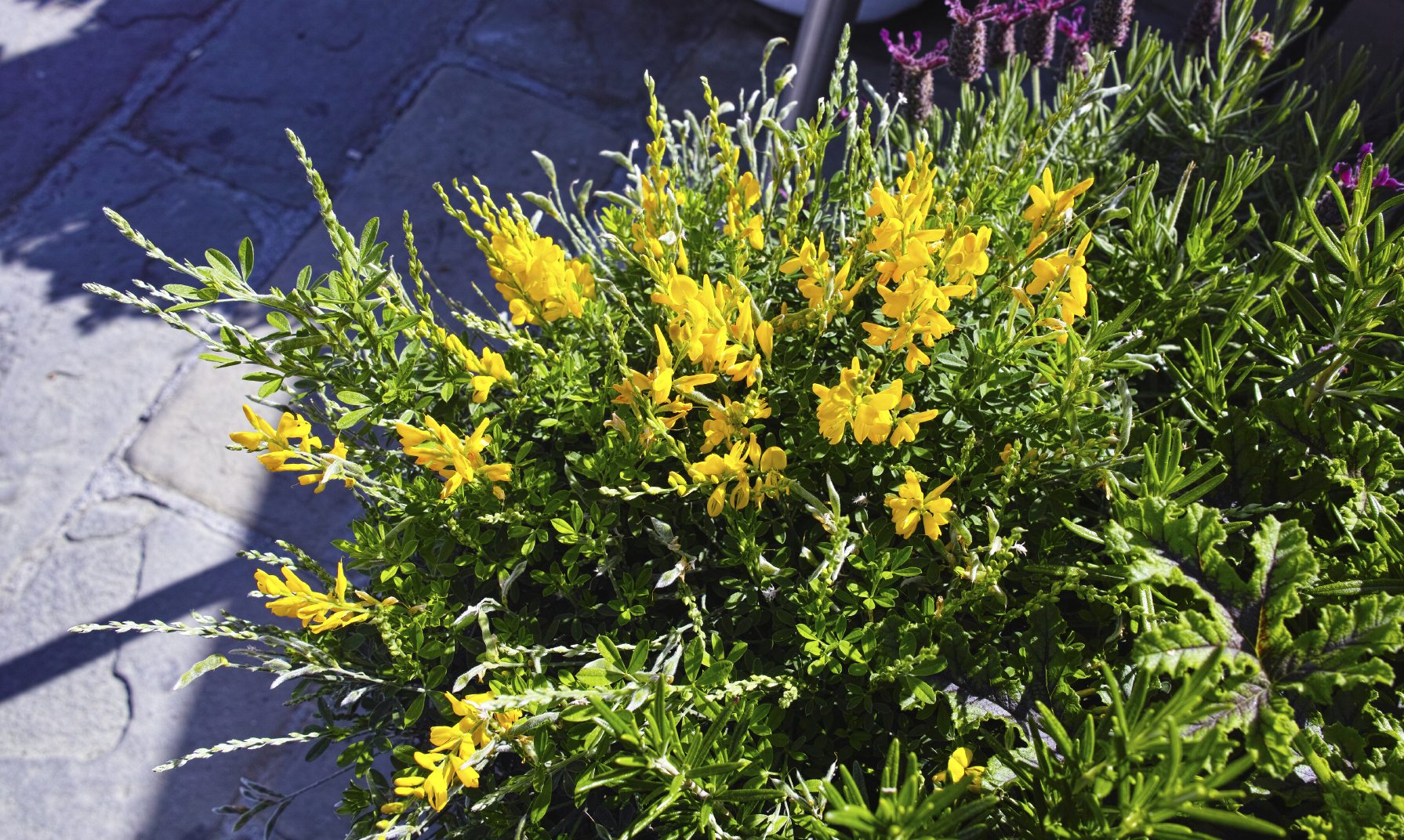 Sweet Broom Shrub Care – How To Plant Broom Shrubs
Sweet Broom Shrub Care – How To Plant Broom ShrubsWhile many people consider the plant a noxious weed, it is an attractive plant. In the proper space, growing sweet broom shrub will add a nice wild touch to the landscape and enhance the area with its scented blossoms. Click here for more info.
-
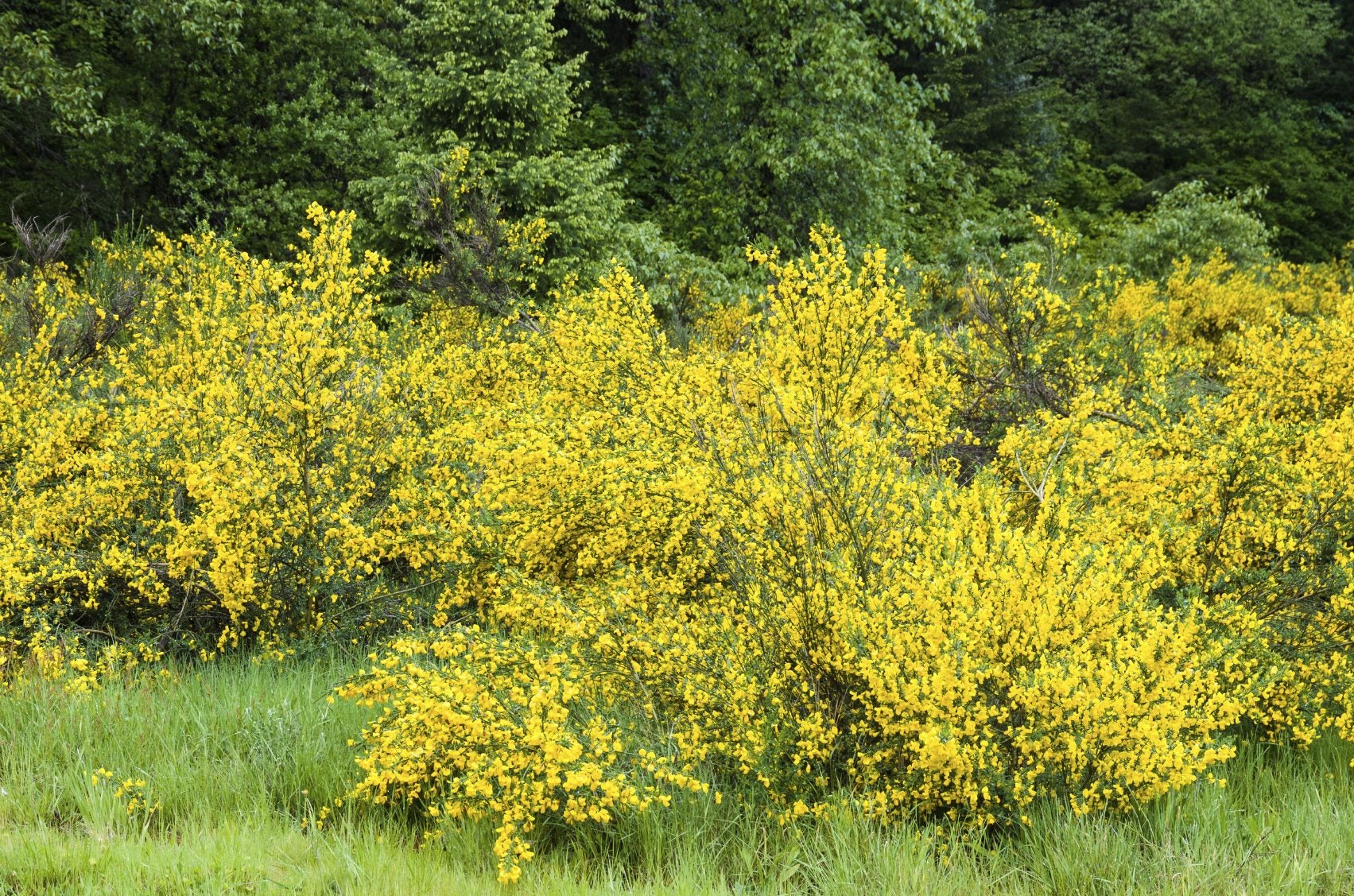 Scotch Broom Pruning: When And How To Trim A Scotch Broom Plant
Scotch Broom Pruning: When And How To Trim A Scotch Broom PlantPruning a scotch broom shrub must be done conservatively and at the correct season. Take a look at this article for more information about scotch broom maintenance and pruning. Click here to learn more.
-
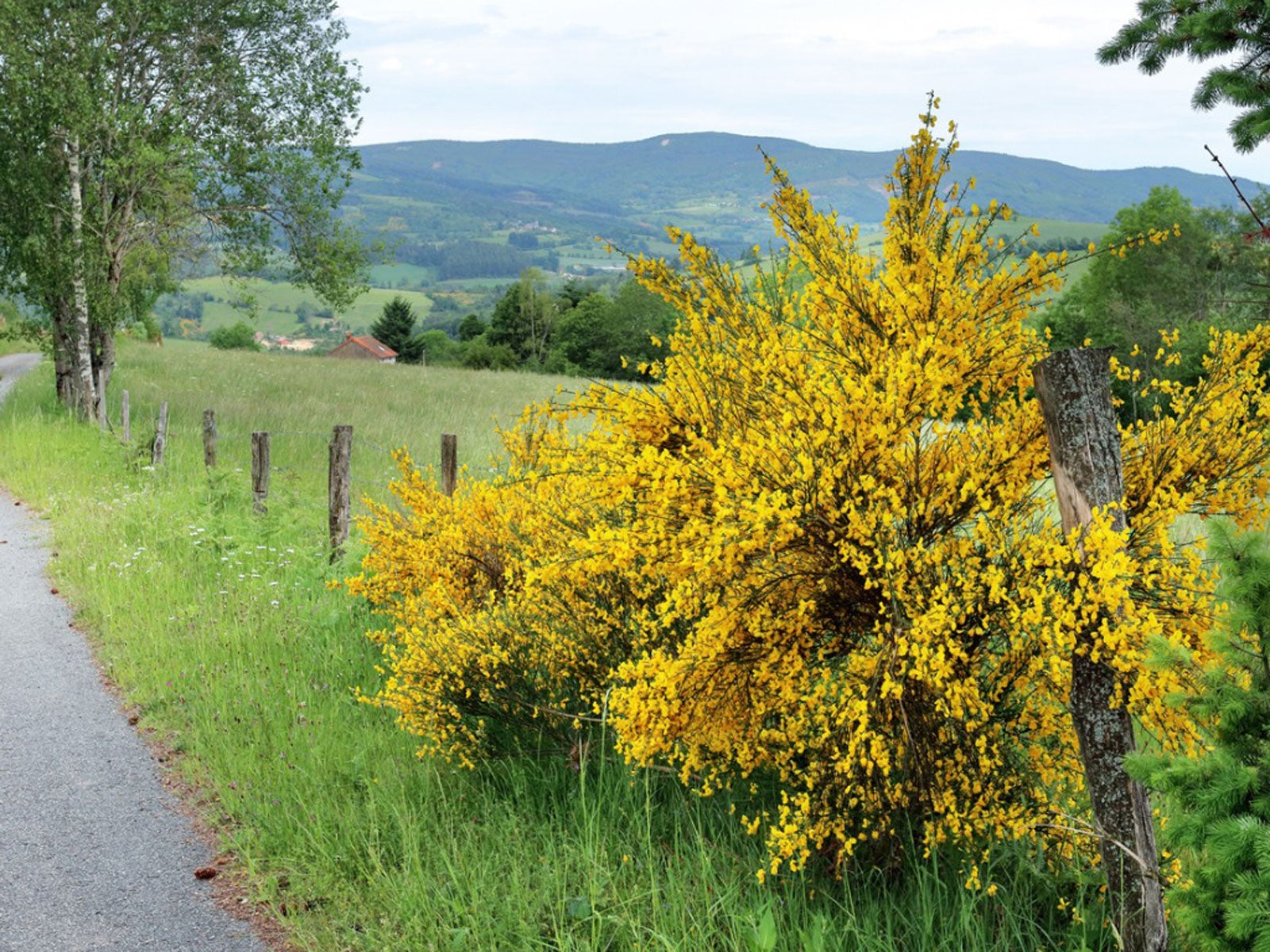 Information On Broom Shrubs: Controlling Broom Shrubs In The Landscape
Information On Broom Shrubs: Controlling Broom Shrubs In The LandscapeBroom plants are common sights long highways, in meadows and in disturbed areas but can get a bit invasive in some areas. This article will help you control the plants while enjoying their ease of care.